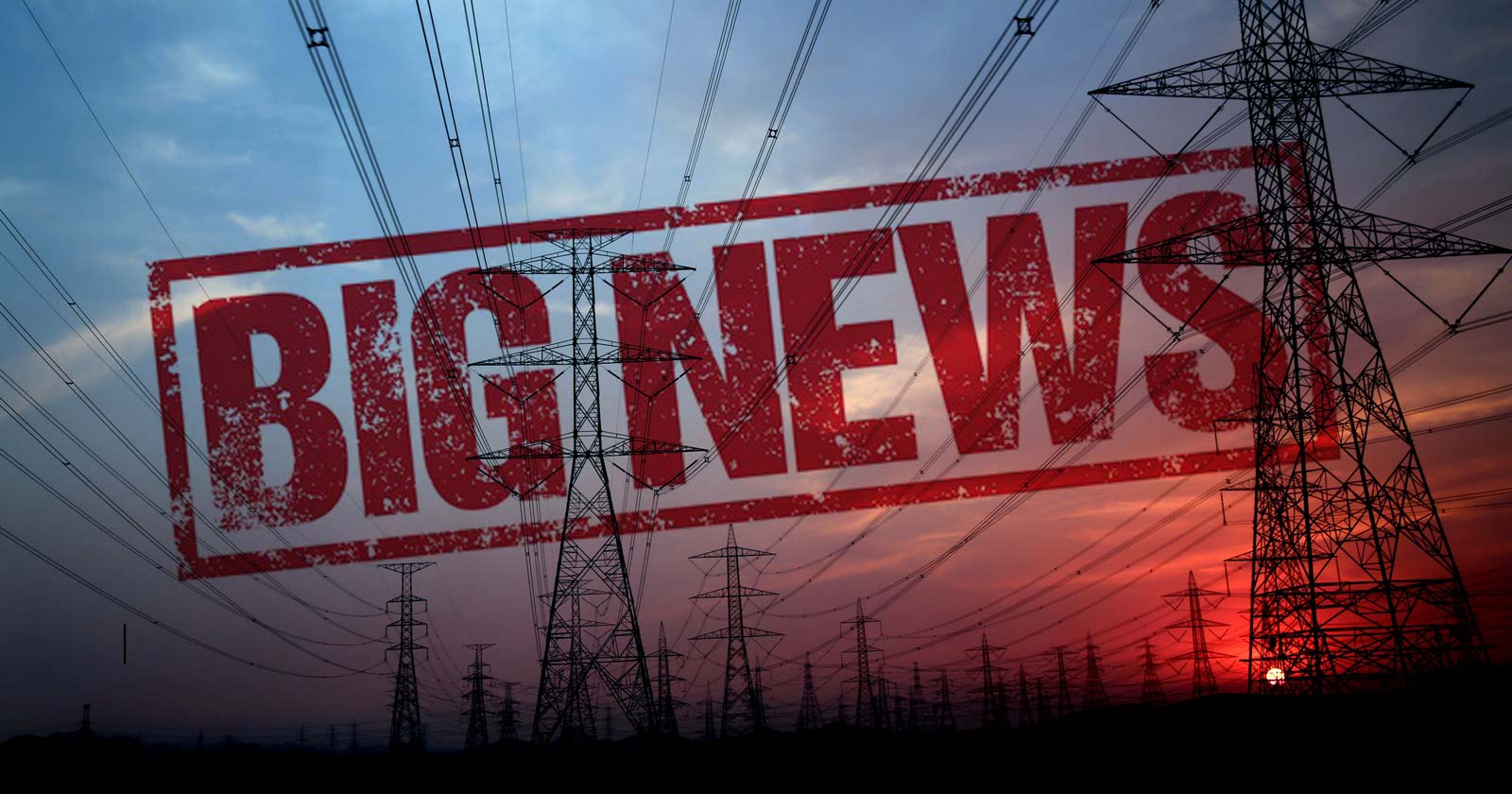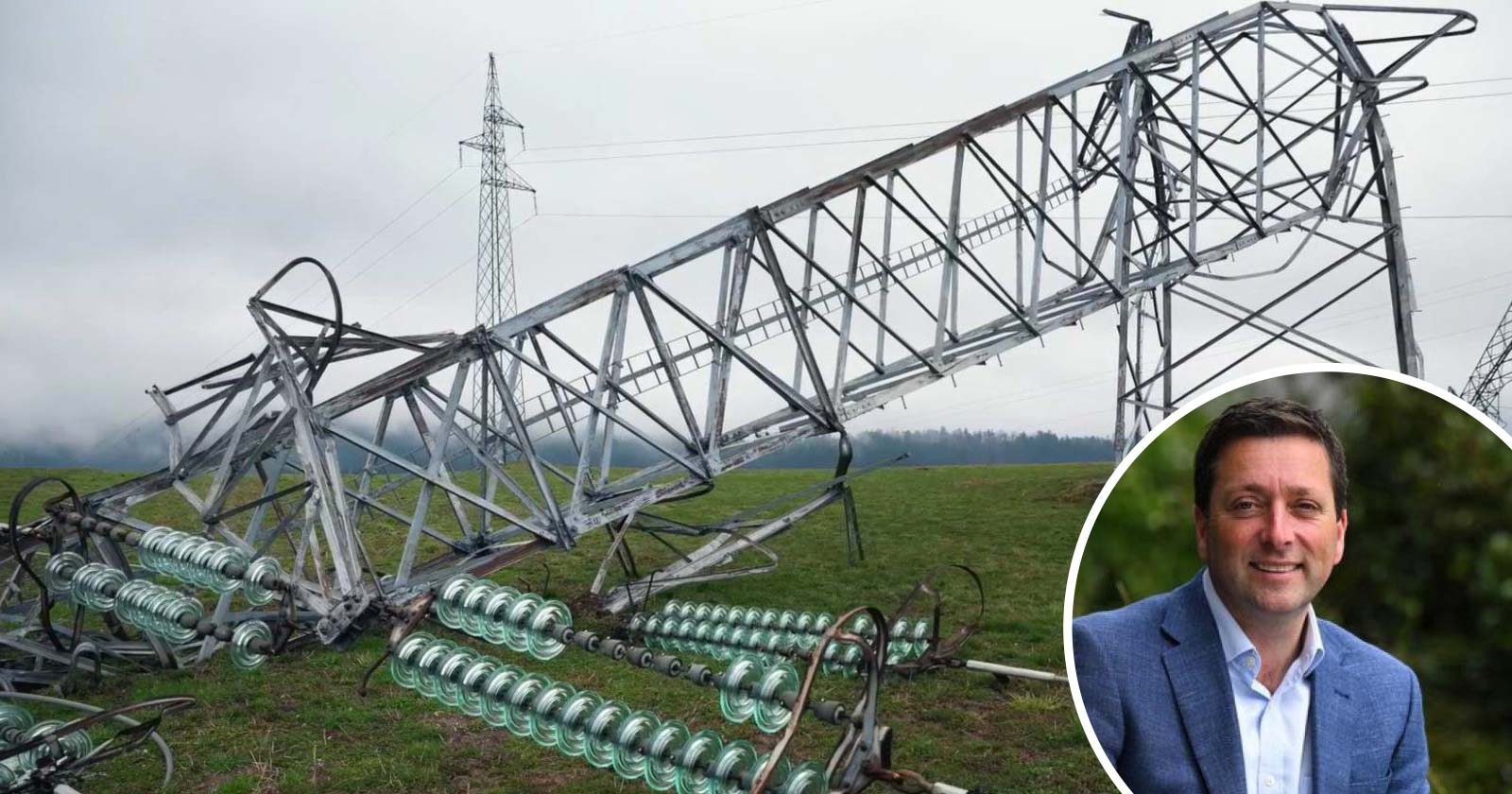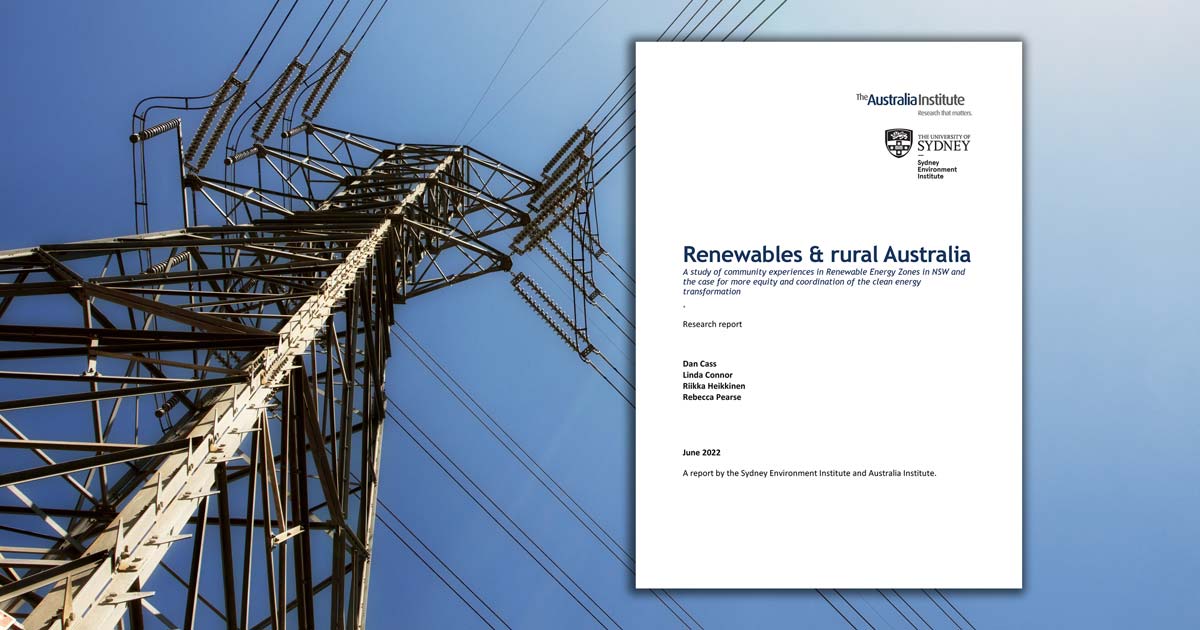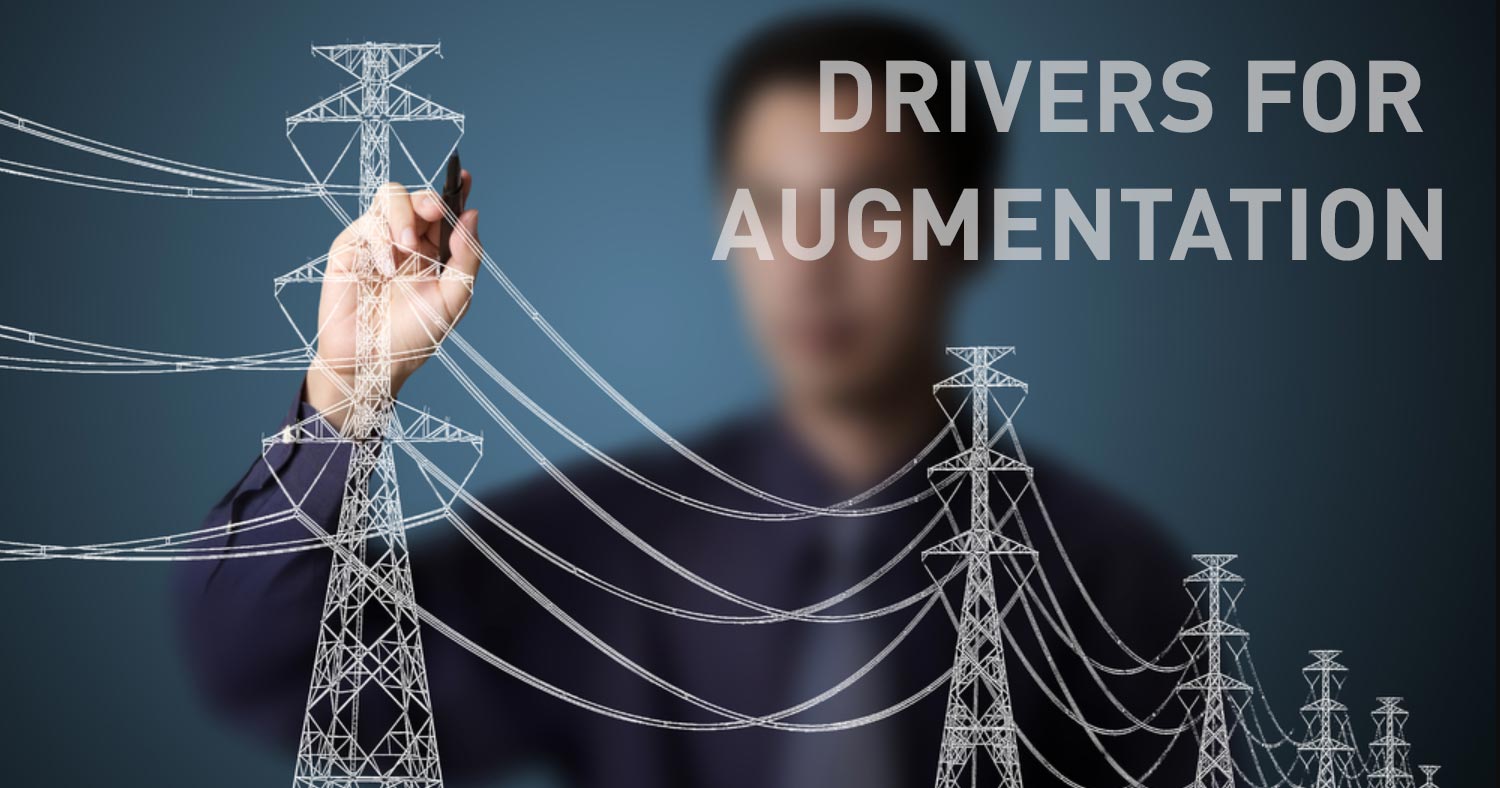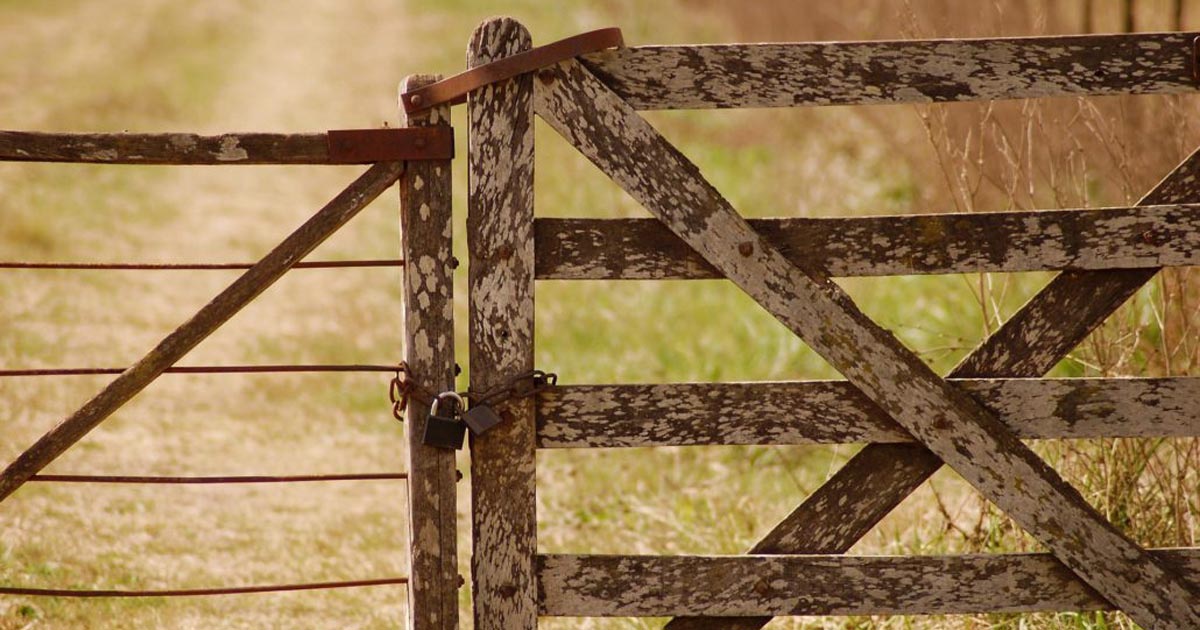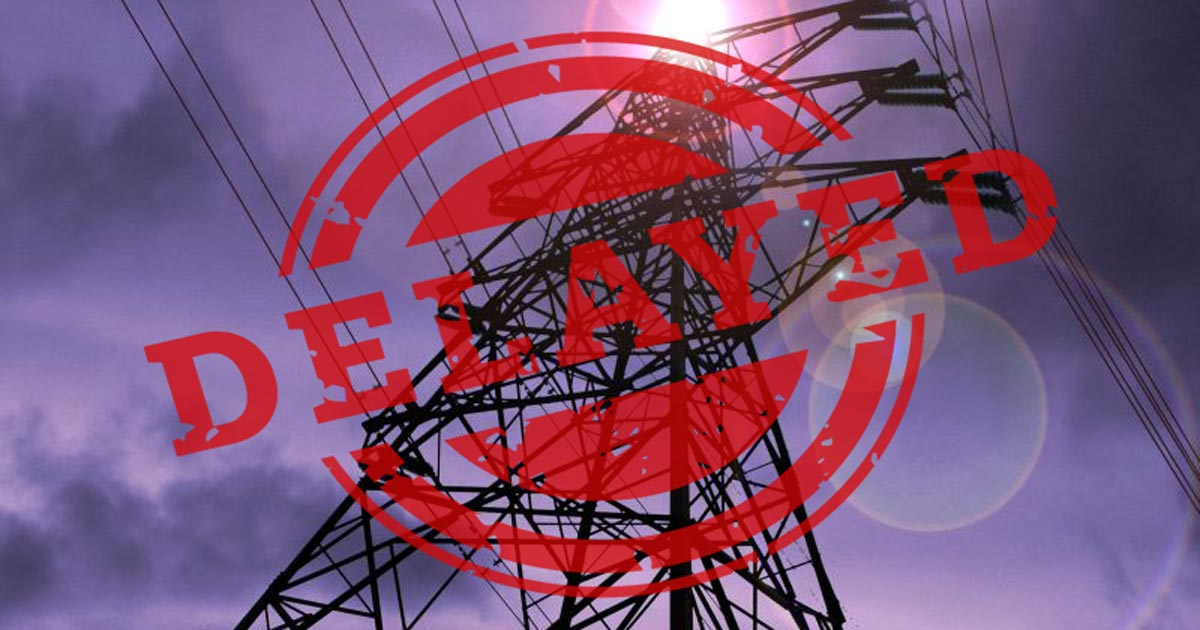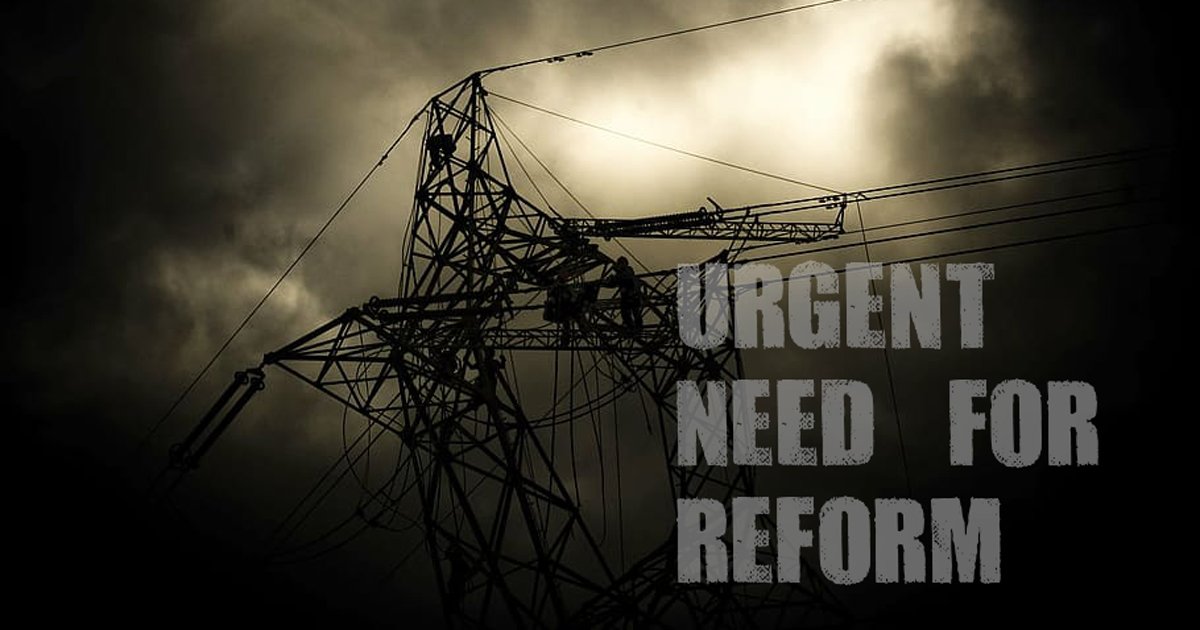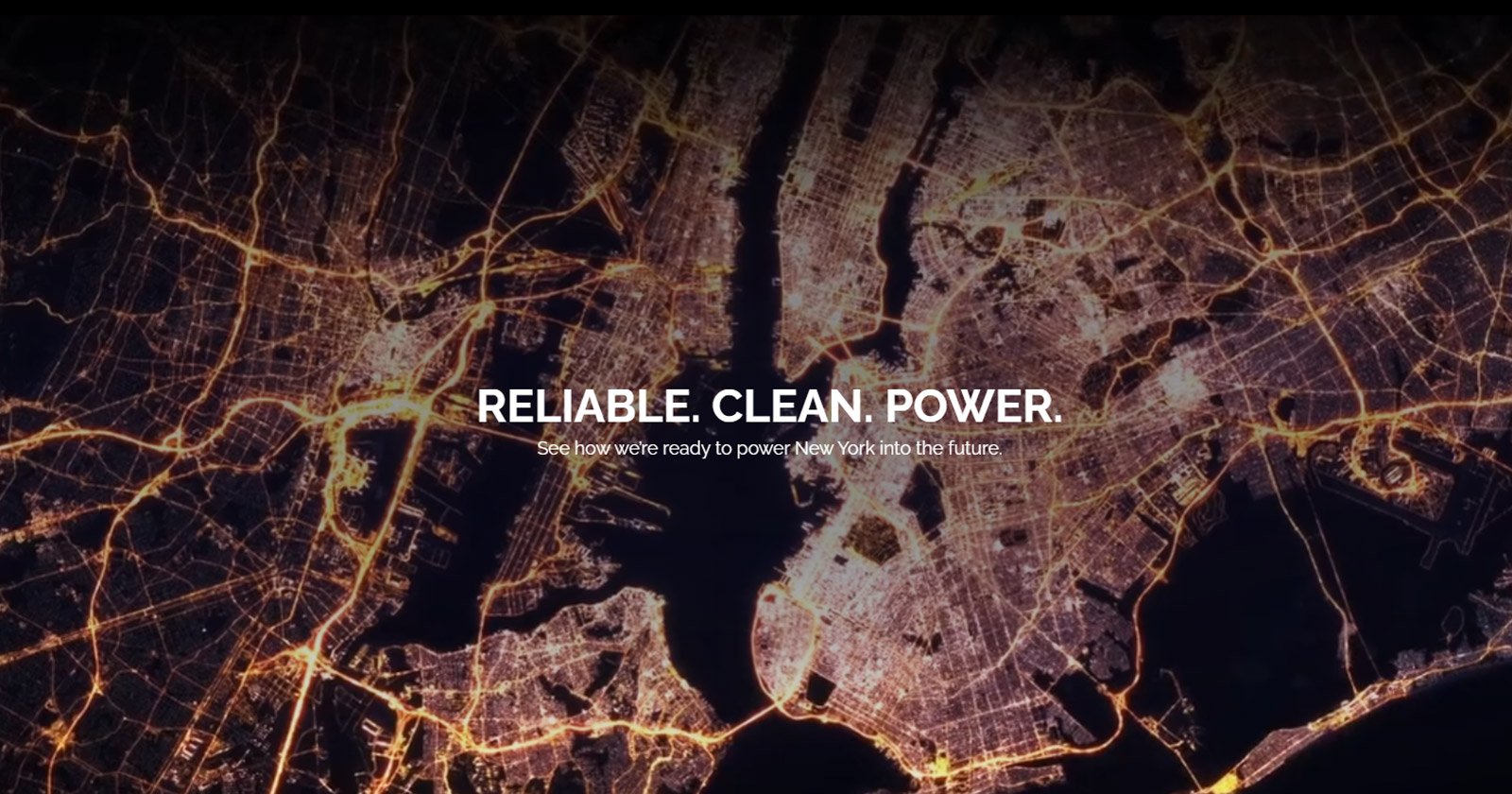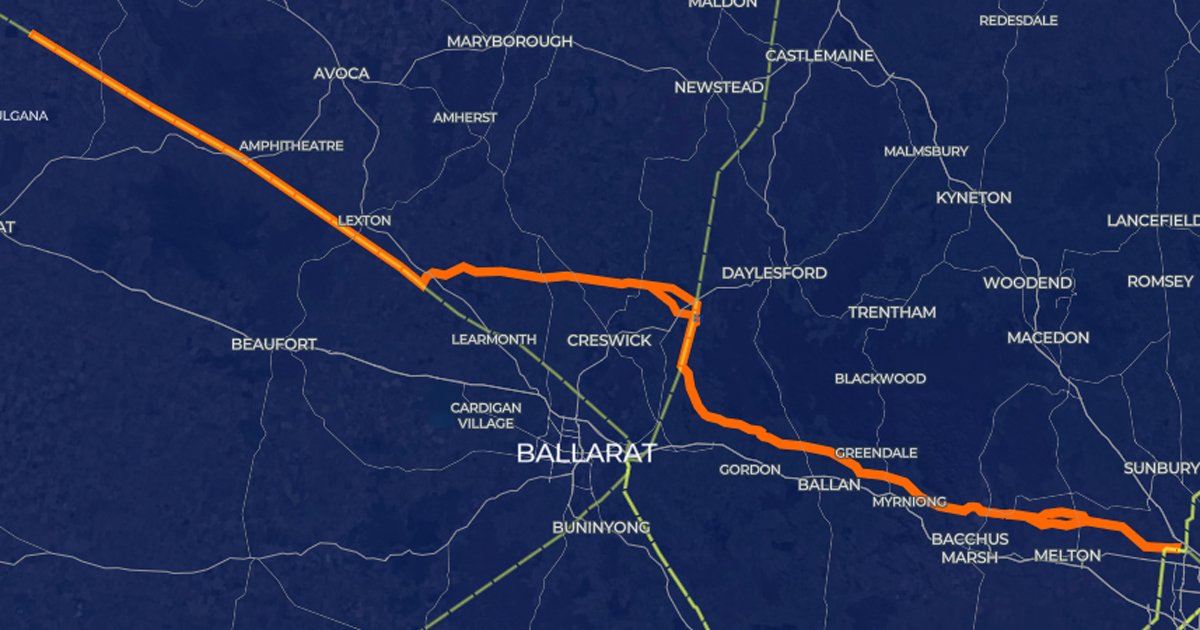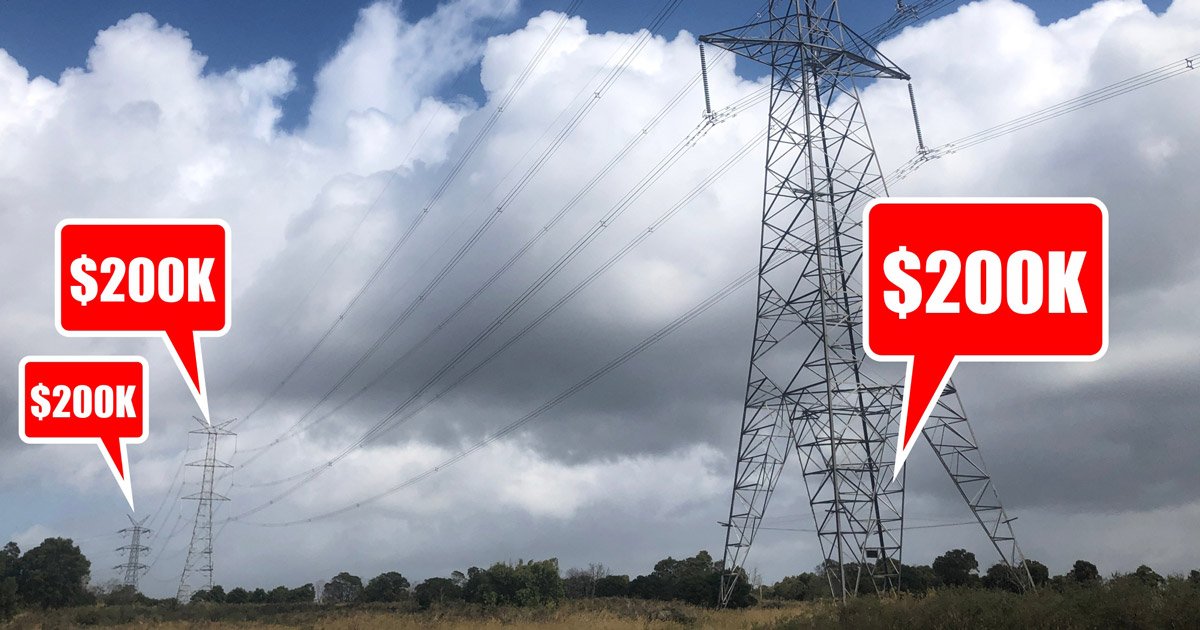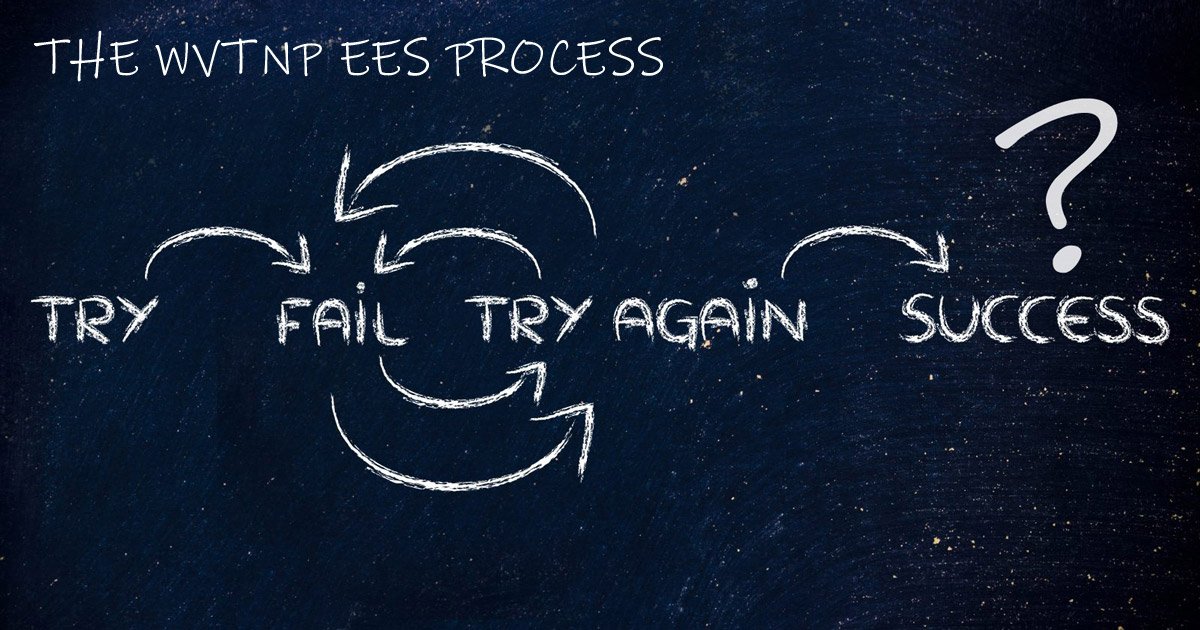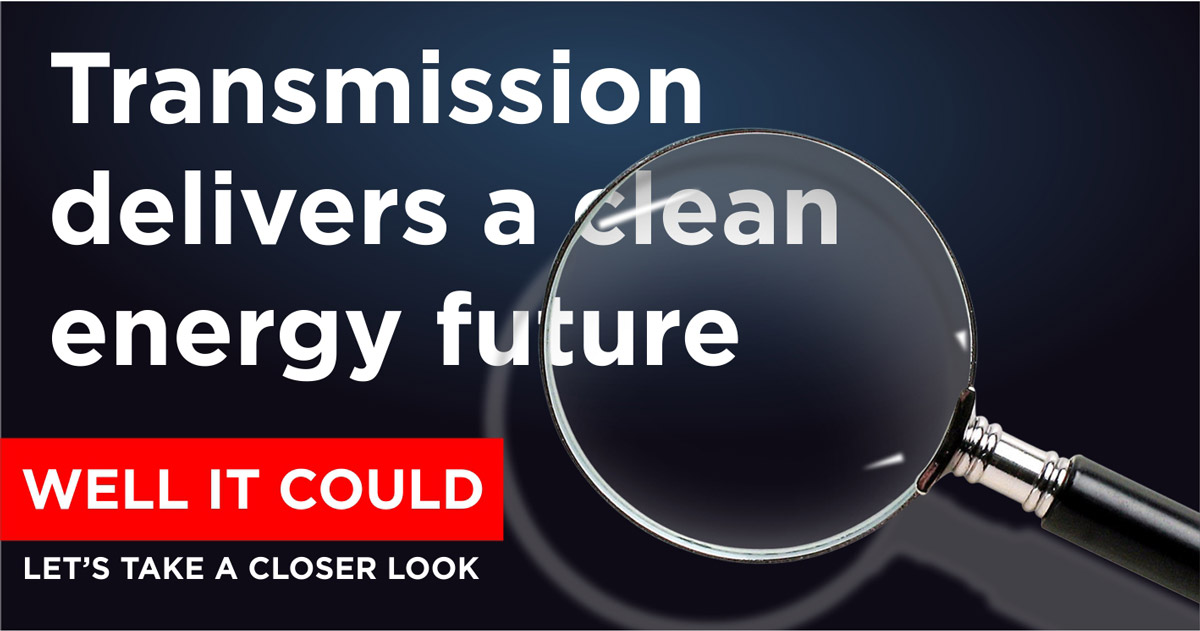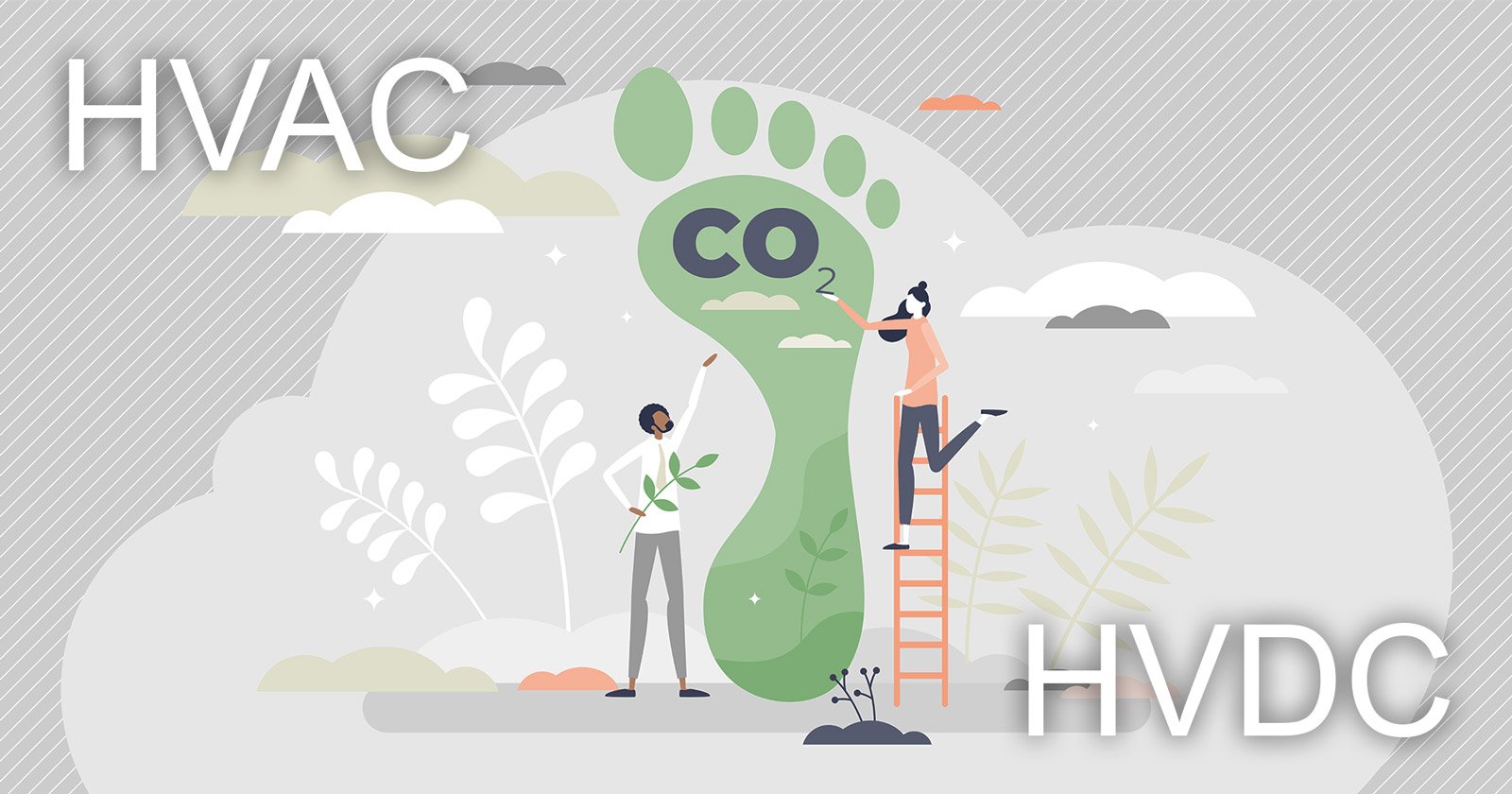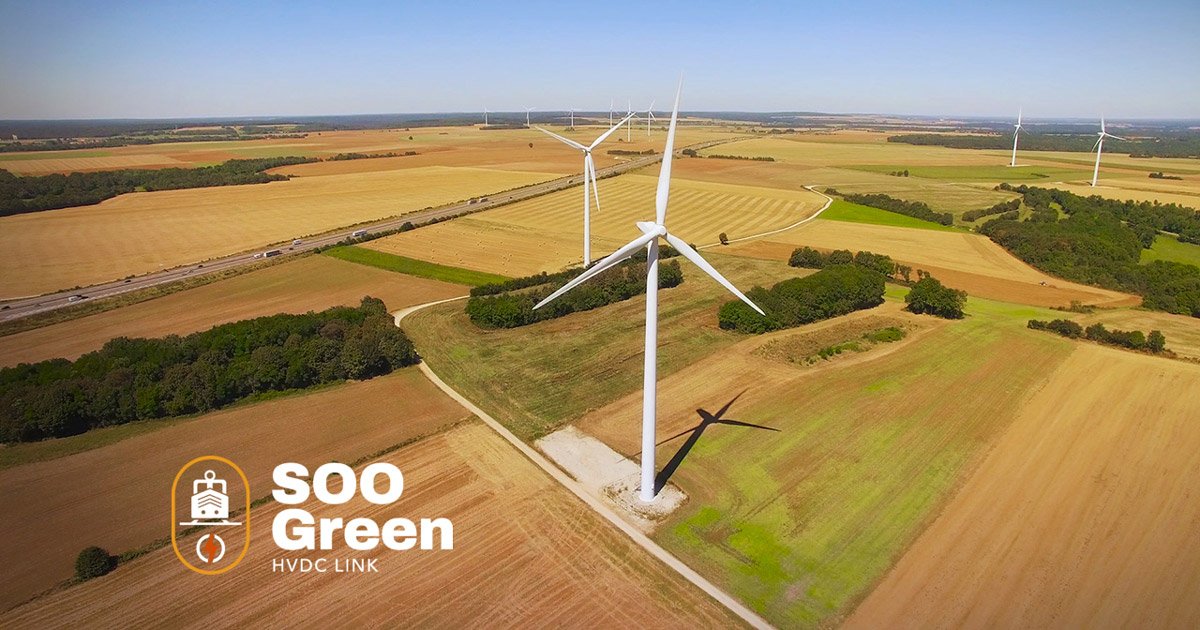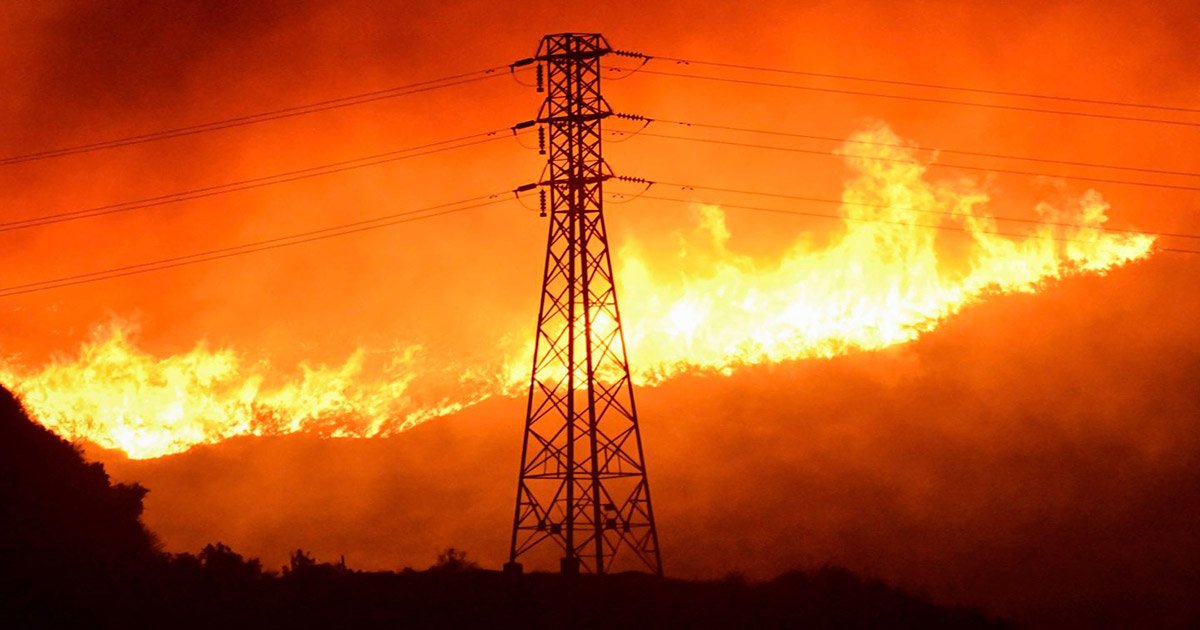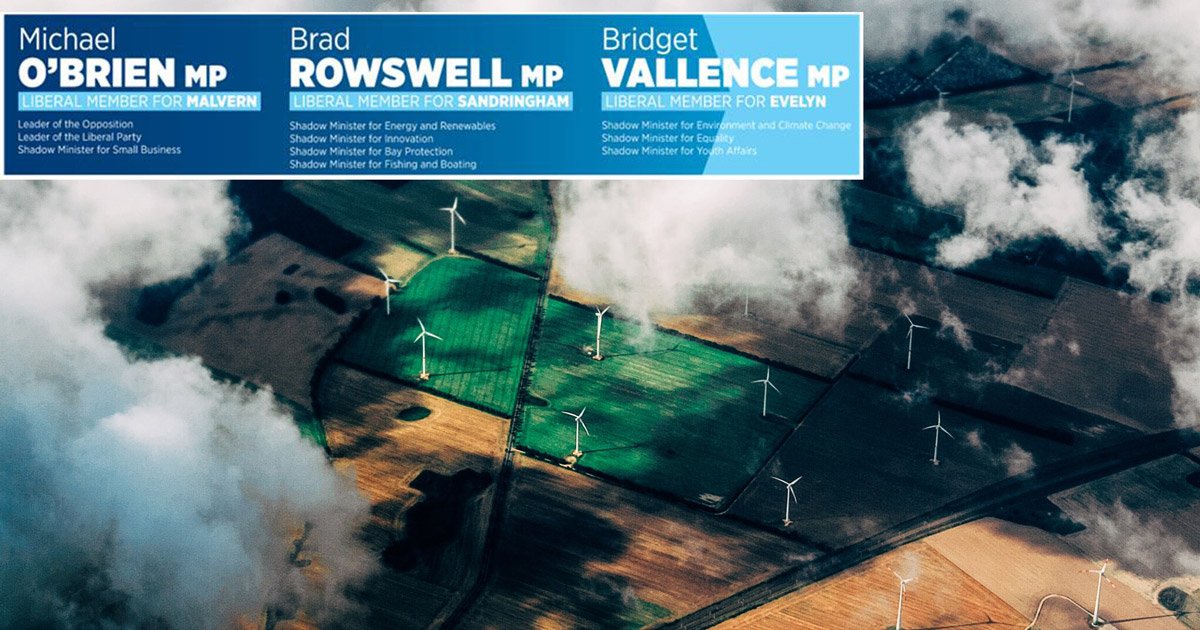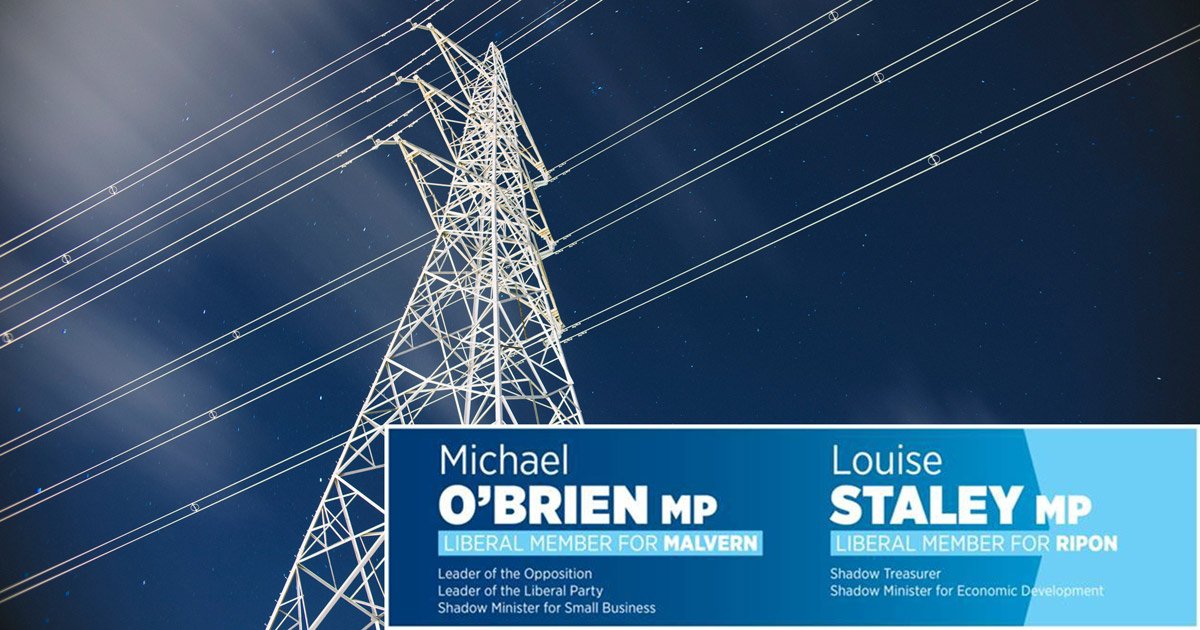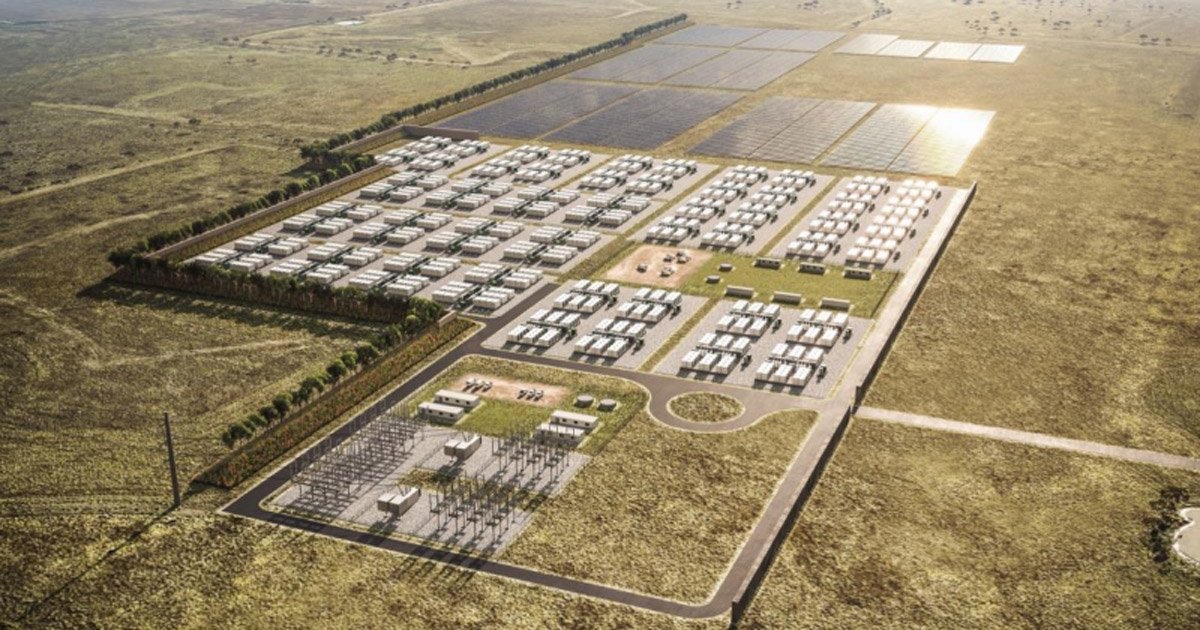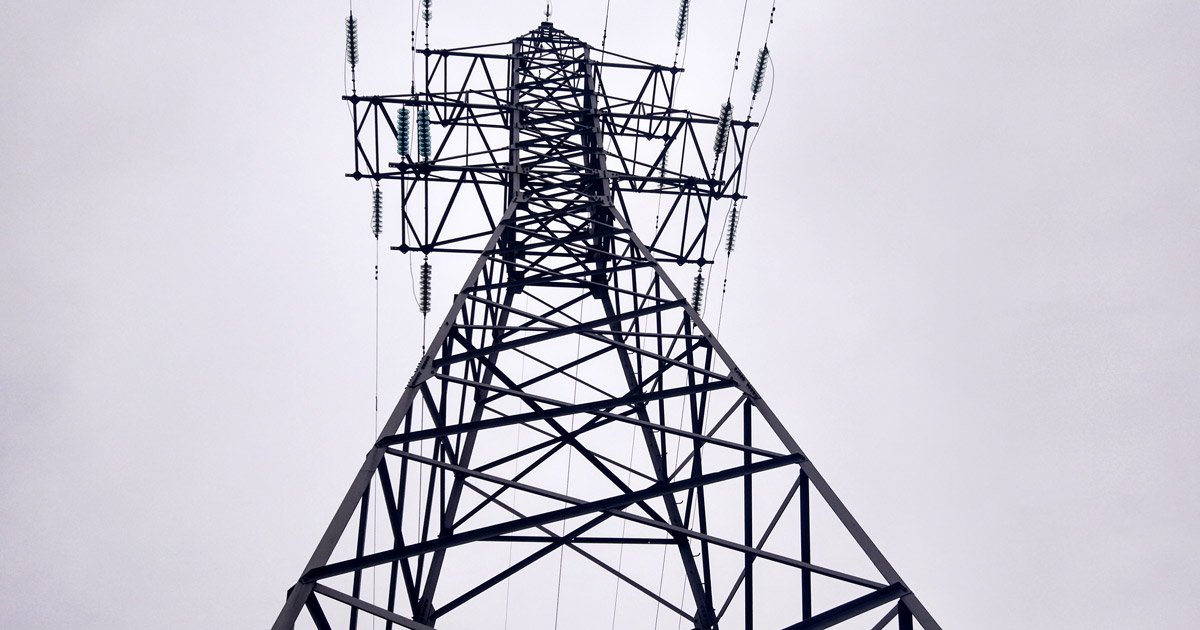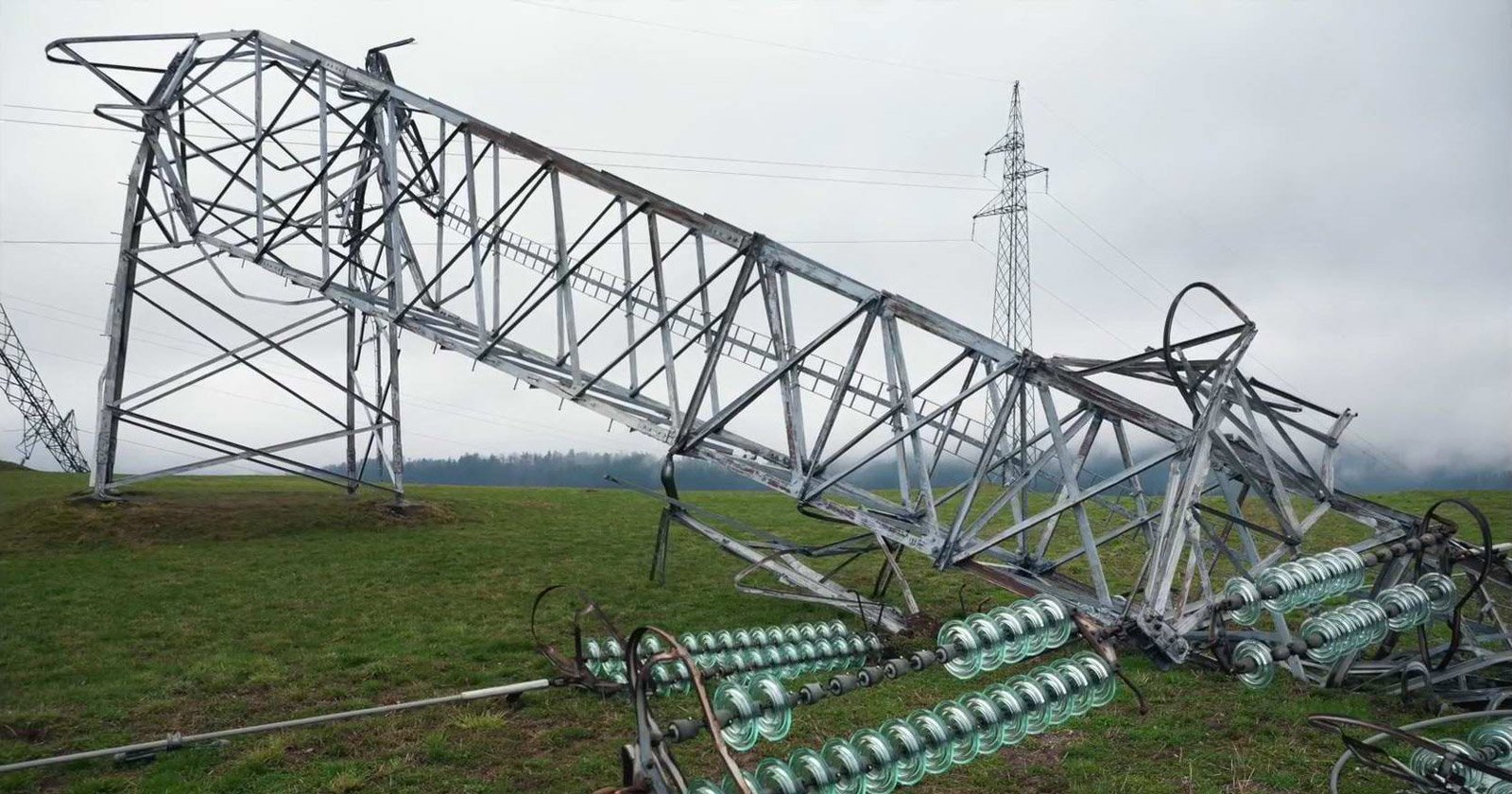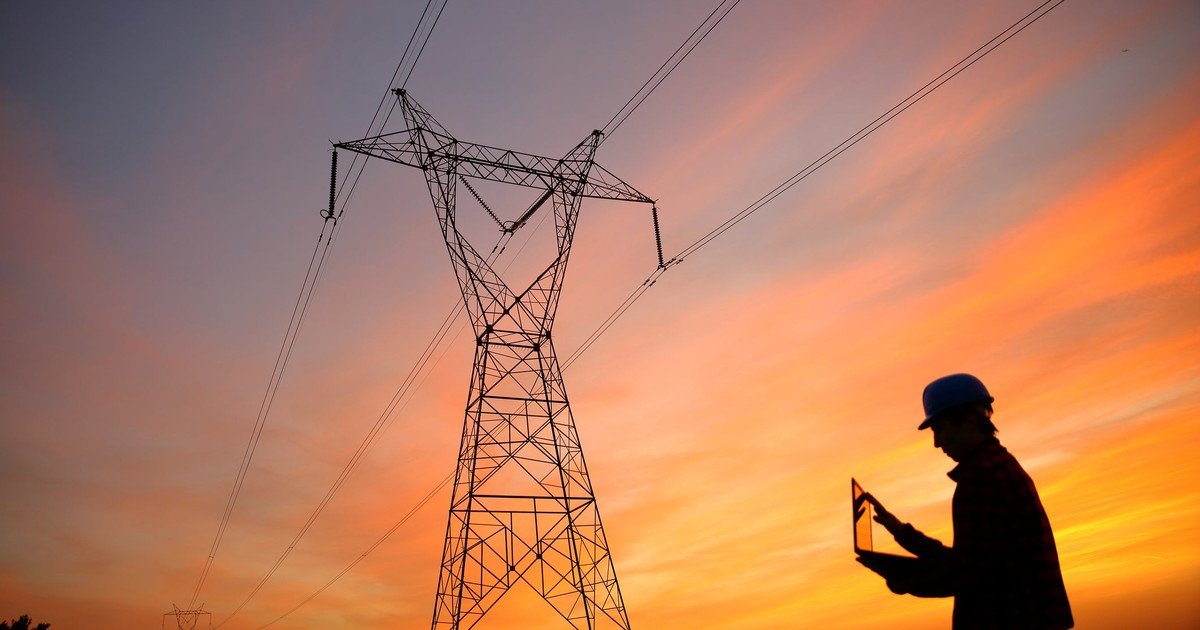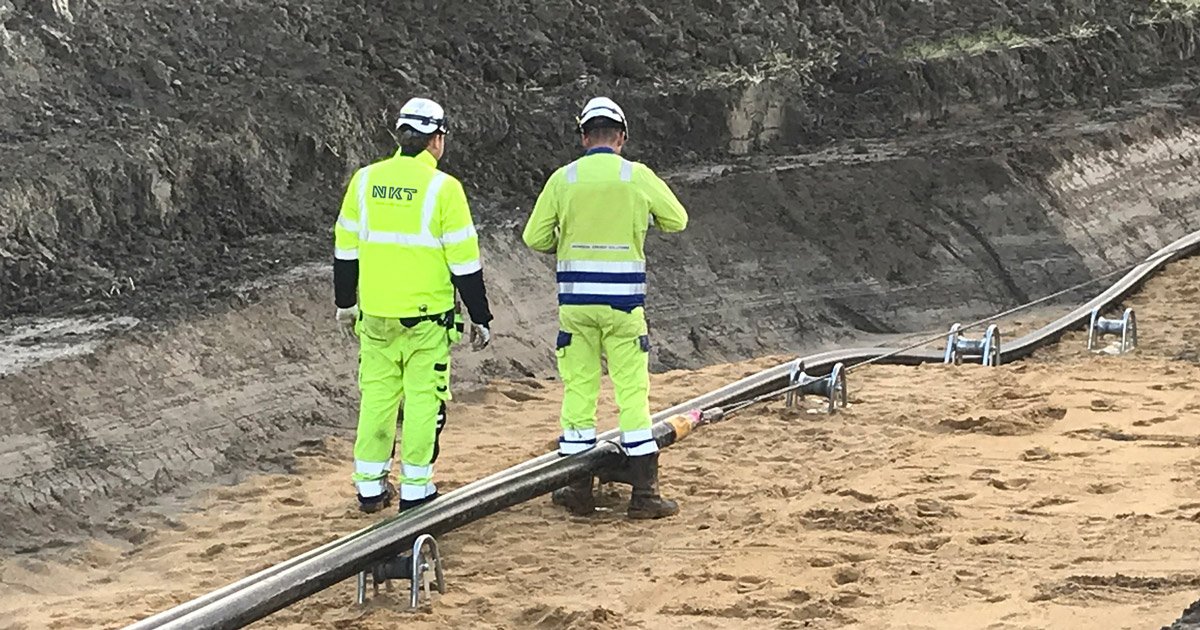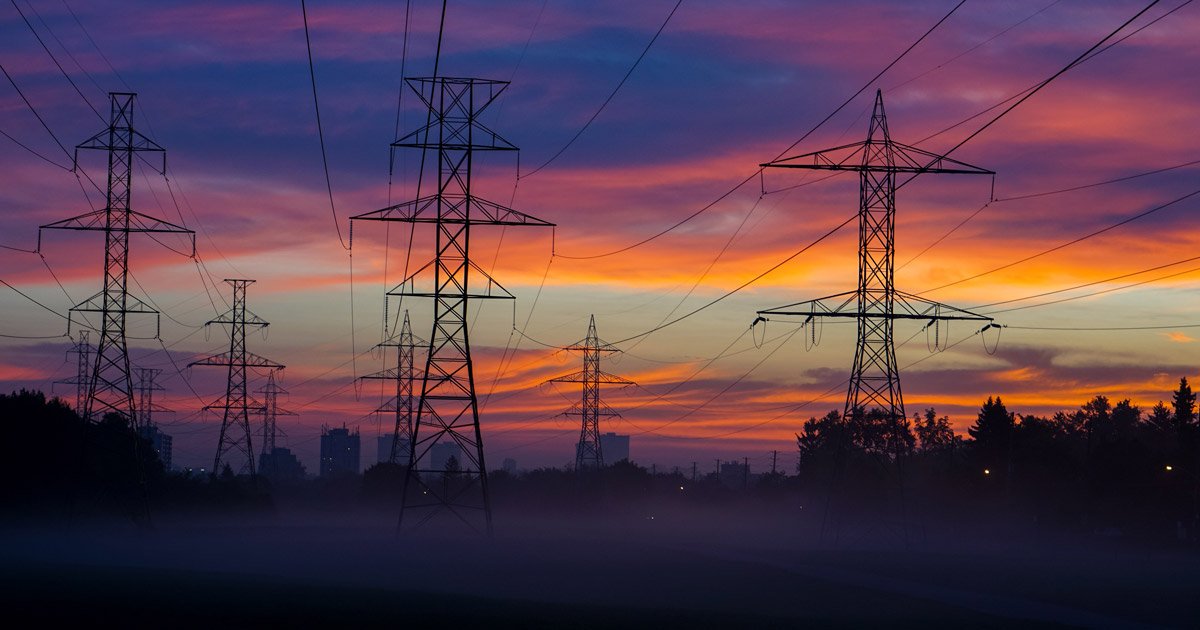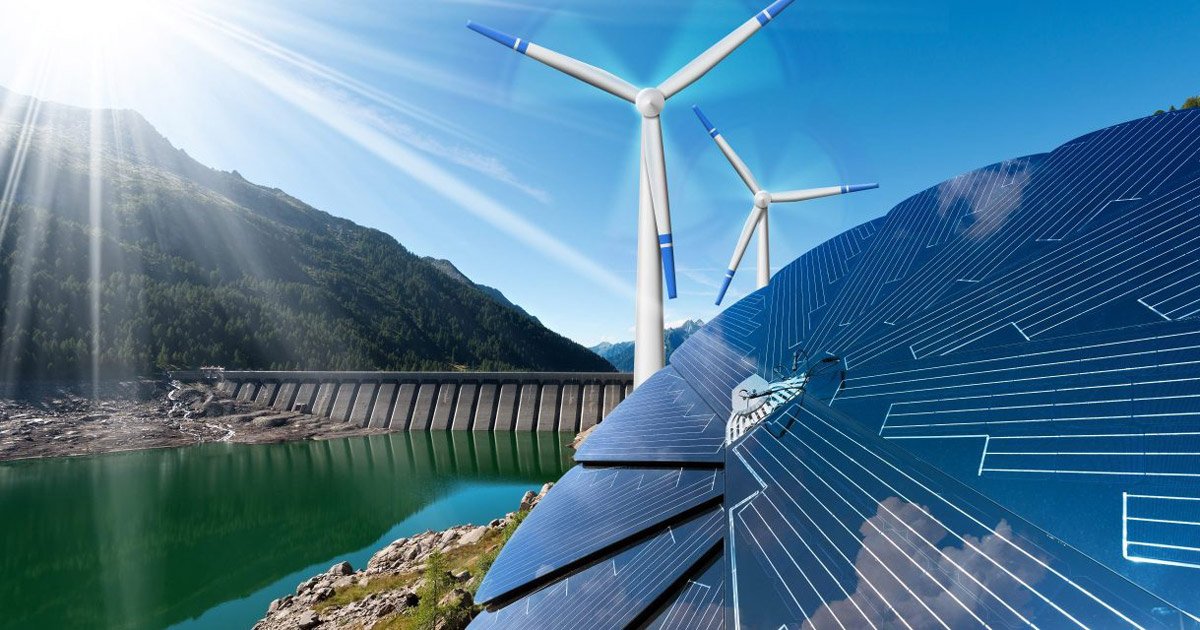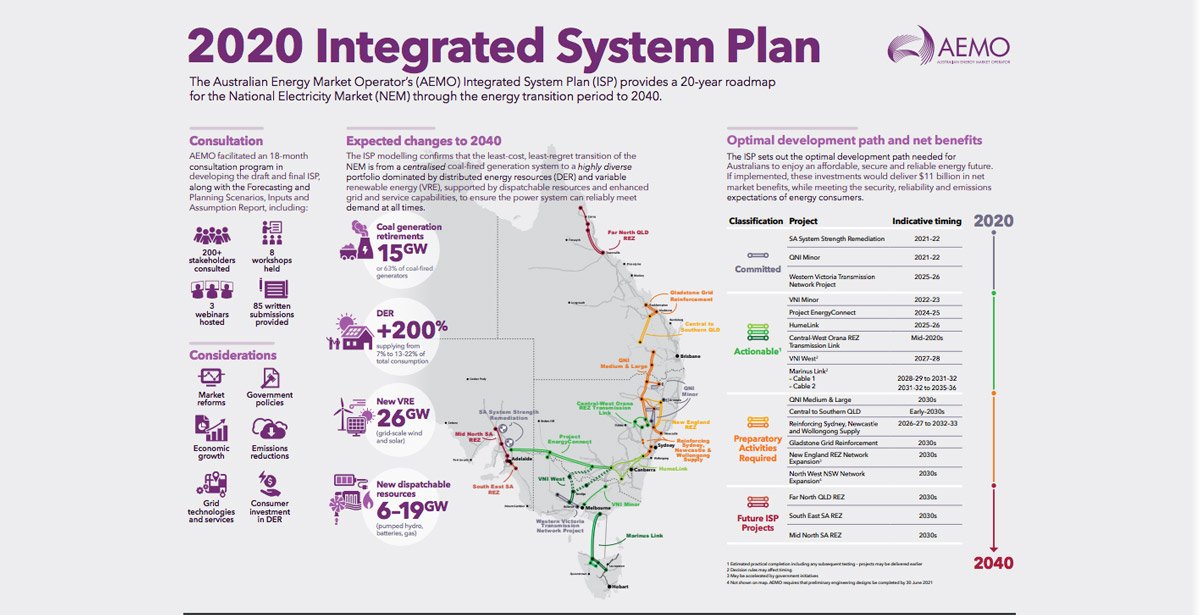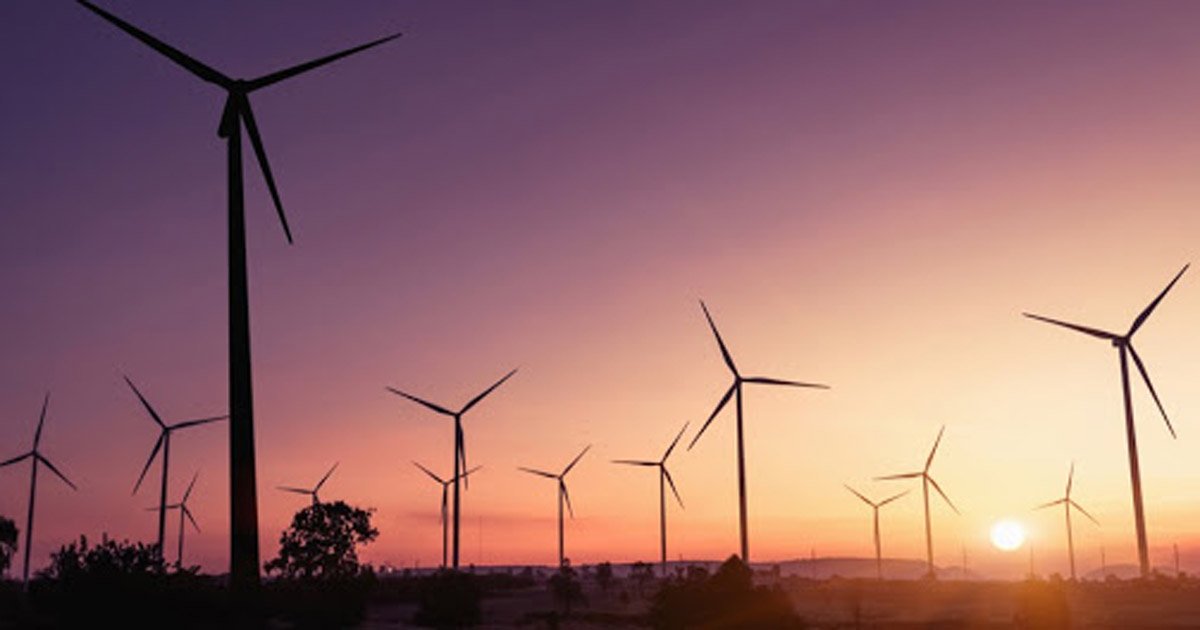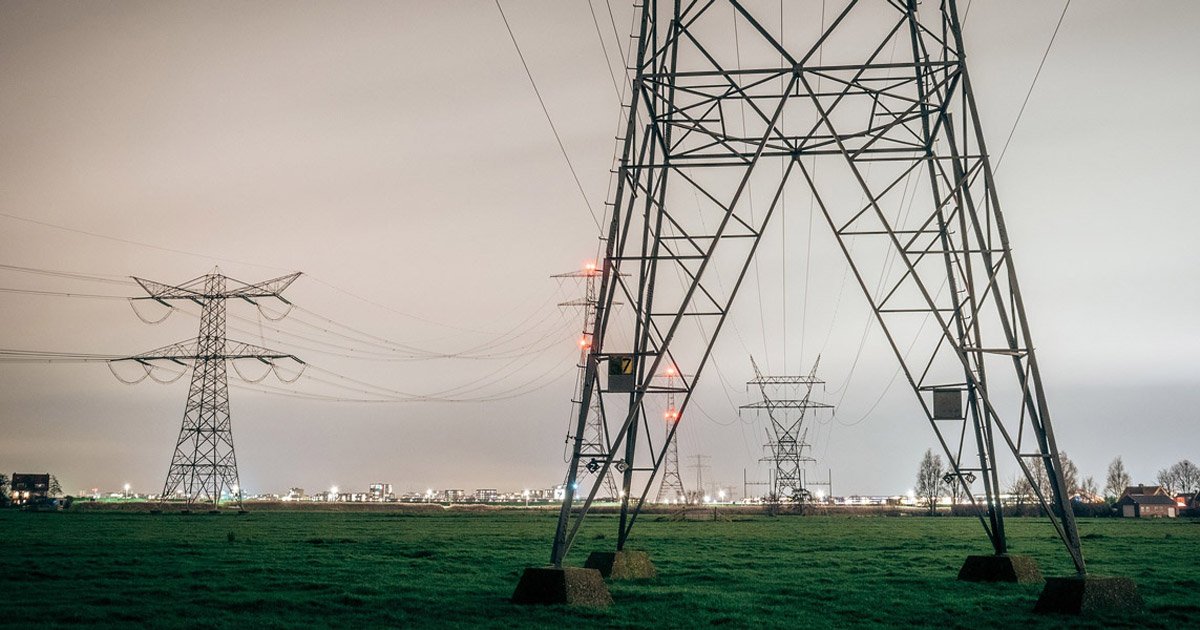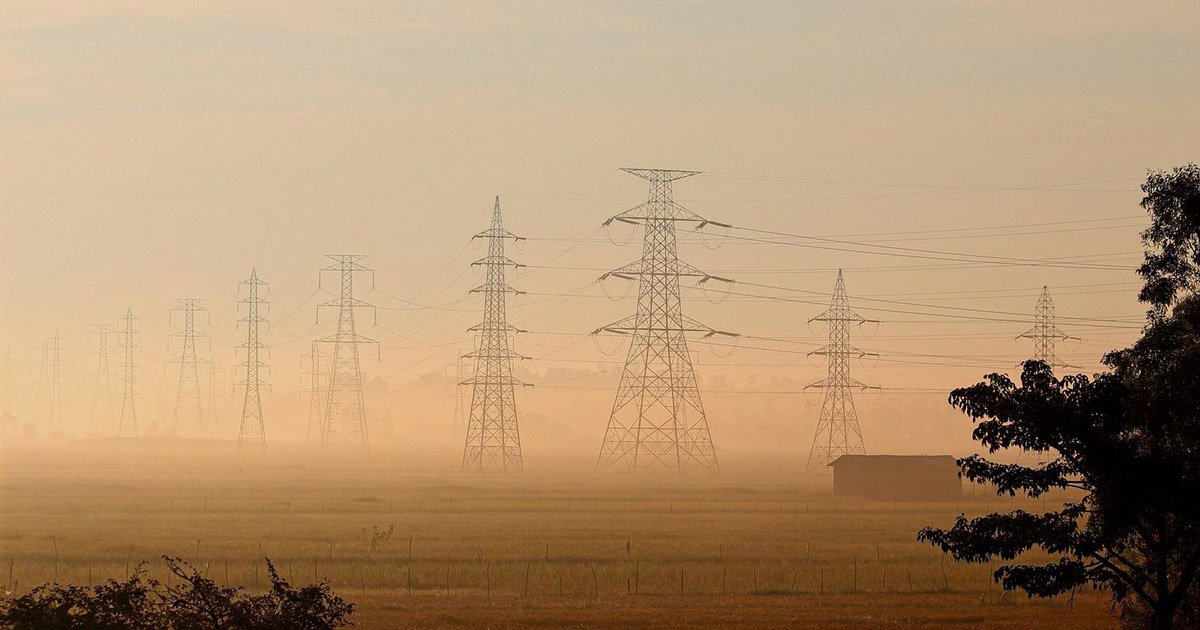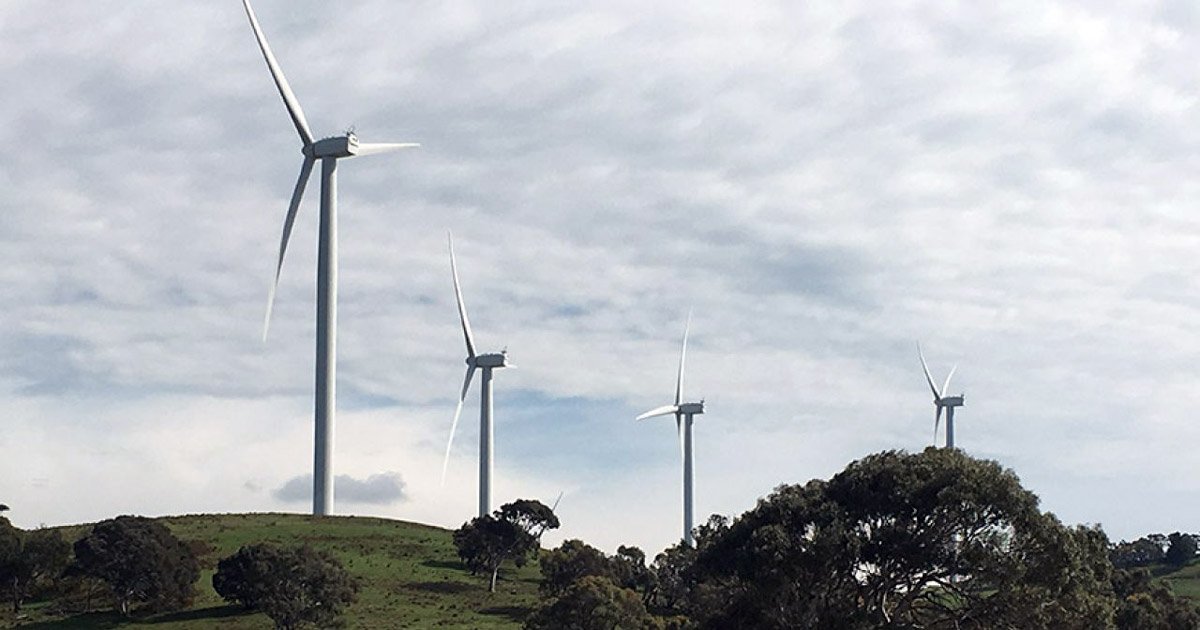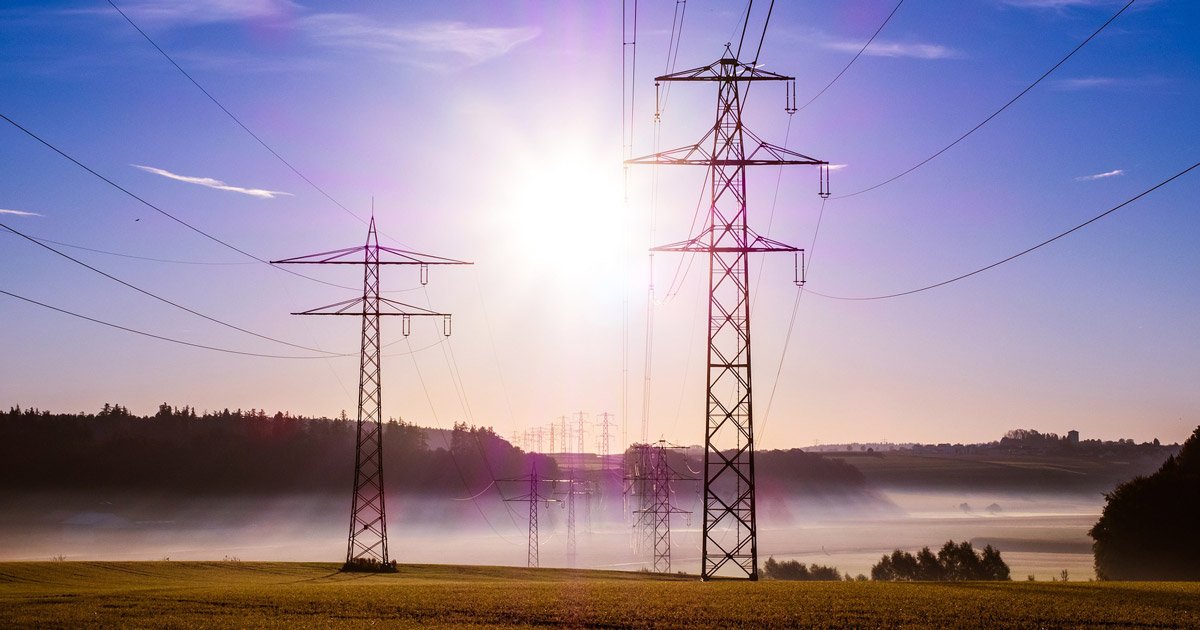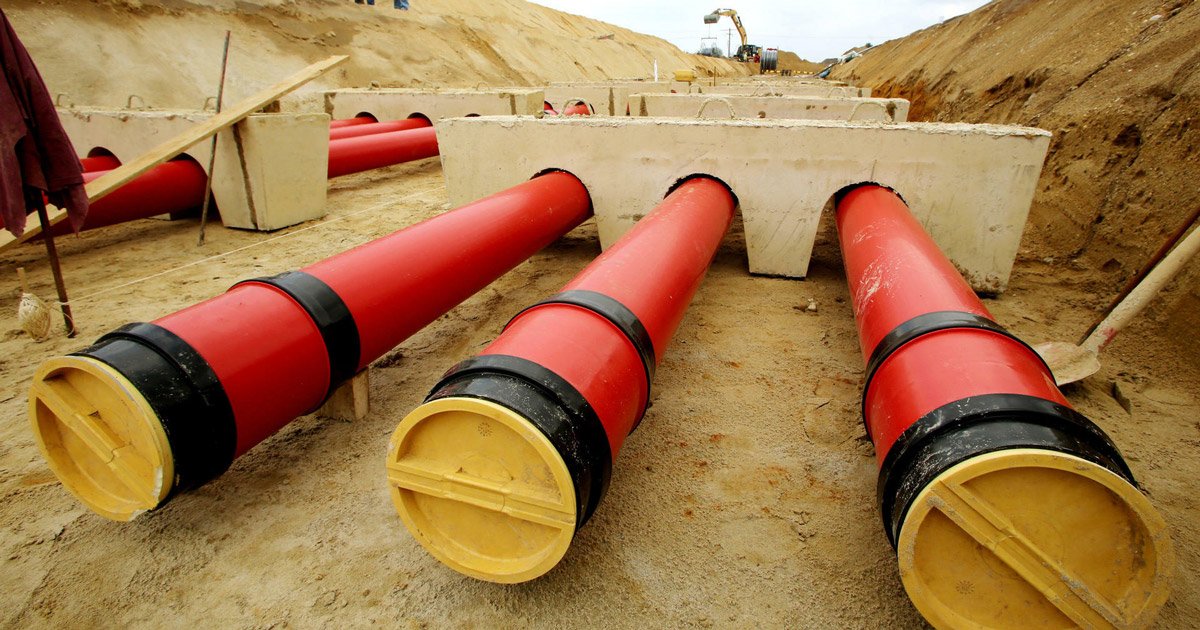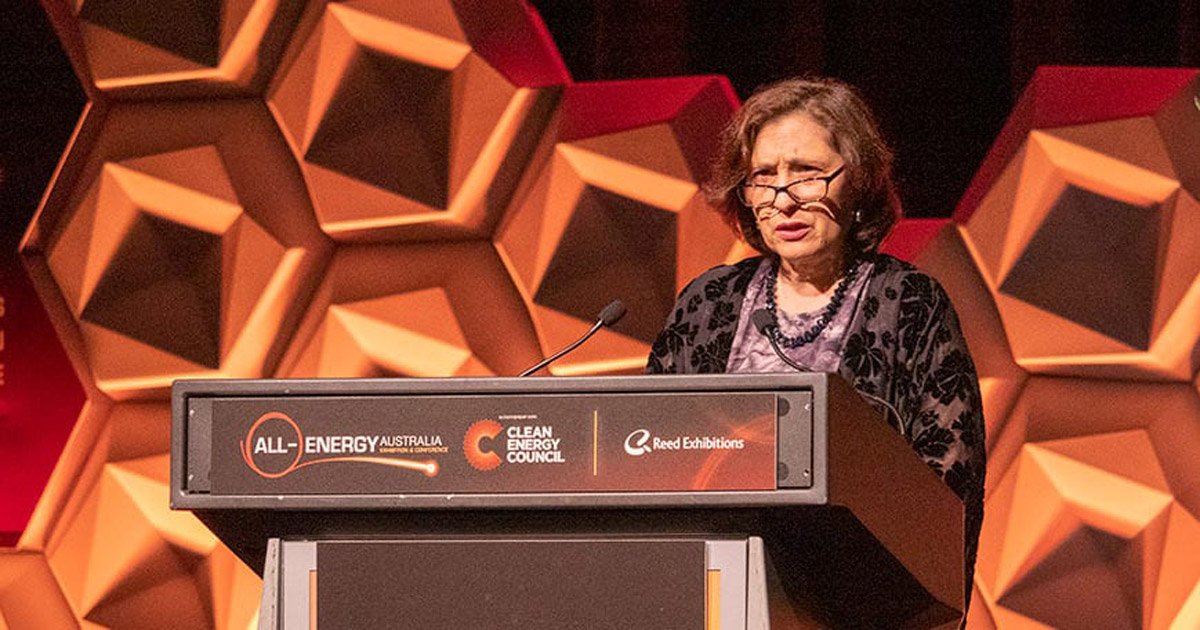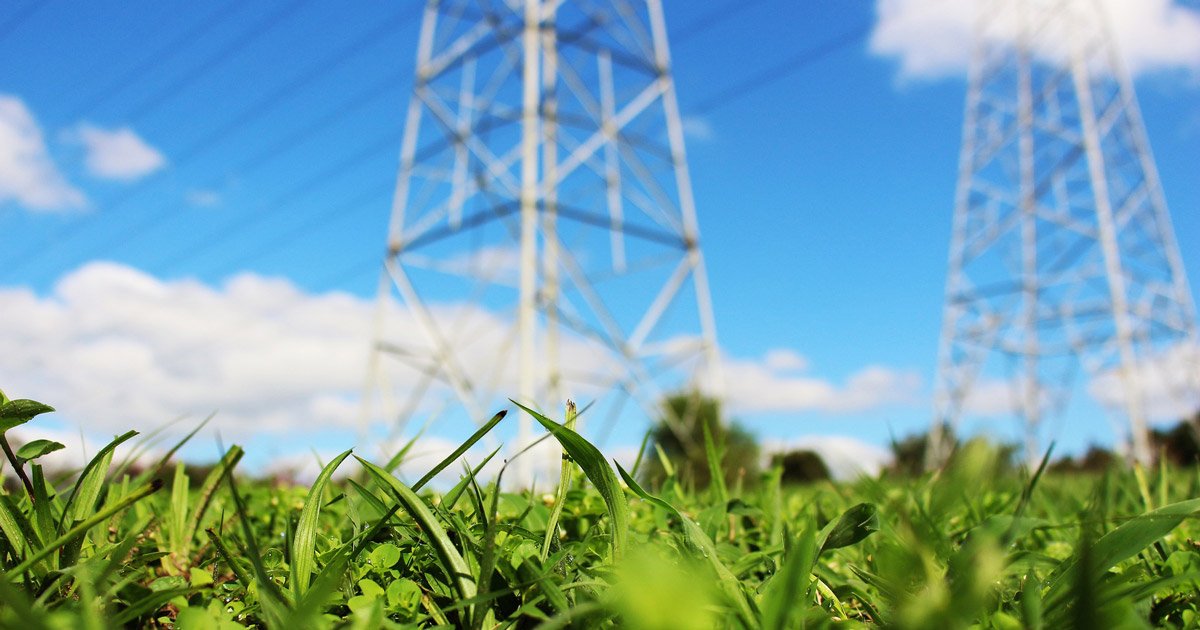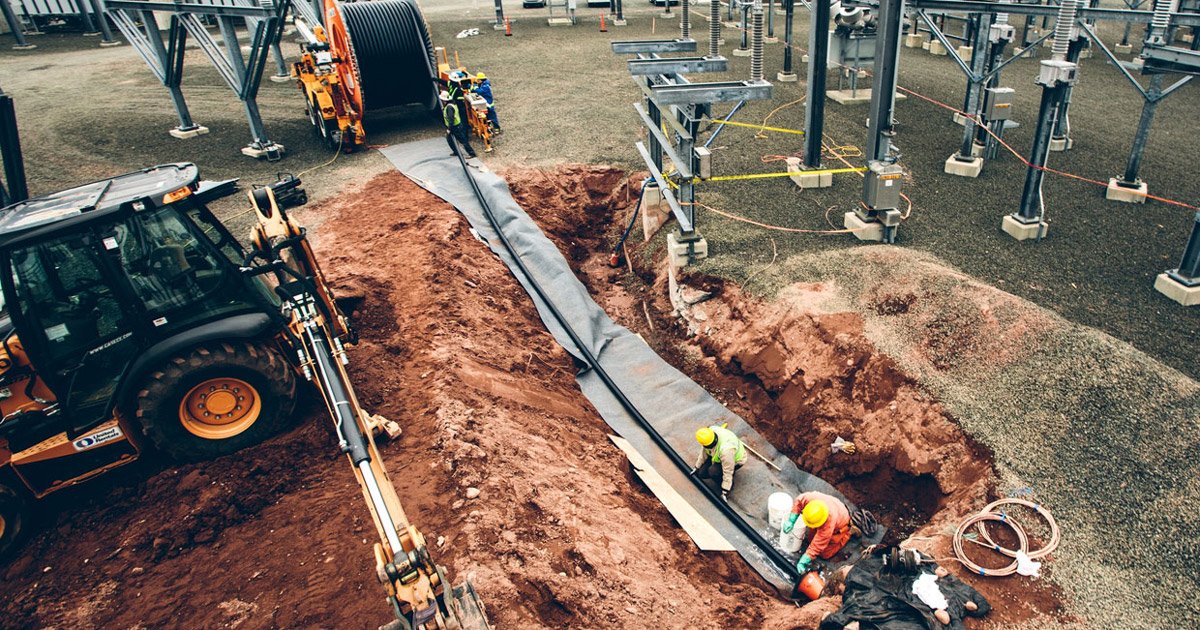Energy Grid Alliance Blog
ERC0357 – Enhancing community engagement in transmission building
URGENT! On 11 April 2023, the AEMC received a rule change request from the Honourable Chris Bowen, Minister for Climate Change and Energy. The proposed rule change seeks to improve social licence for transmission through enhancing engagement with local communities.
The energy transition is not a David versus Goliath battle according to AEMO CEO
AEMO CEO, Daniel Westerman spoke at Australian Energy Week 2023 today on ‘Managing the tensions in the energy transition to maximise the benefits for all Australians’. In his speech, Westerman spoke of the tensions and challenges of the transition indicating this is not a David versus Goliath battle.
Transmission: Fast-tracking regulatory reform
Instead of fast-tracking of new transmission links, regulators, law makers, government and AEMO should be fast-tracking the reform that is necessary for a smoother, more robust, and defensible transition. This is the role of all policymakers.
Development of VNI West and the WRL will be a monumental mistake
Simon Bartlett (AM) and Professor Bruce Mountain, both seasoned energy market experts, have submitted a detailed critique of AEMO’s Consultation Report. They conclude that AEMO’s preferred option, if developed, will be the biggest single expense in the Victorian transmission system in more than 50 years and the biggest mistake in transmission planning in living memory.
Big News in Transmission for Victoria
February (2023) has been a huge month in the Australian Energy market, particularly in Victoria with significant announcements being made by the Andrews Labor Government, VicGrid and the Australian Energy Market Operator – Victorian Planning (AVP). Have these announcements gone as planned?
Dangerous powerlines gone for good under $50 million plan
Undergrounding HVDC may cost three times more than an overhead HVAC solution but when every dollar spent on engineering resilience saves six dollars spent on disaster recovery, maybe Australians will appreciate the benefits of a common-sense plan to keep the lights on.
VNI West and Job Security in Gippsland
The Australian Council of Trade Unions (ACTU) released a paper today ahead of the Jobs Summit. The report, ‘Secure Jobs for a Safer Climate’, shows how Australia’s energy transition has been chaotic to date. While AEMOs ISP and associated RIT-Ts do not consider Victoria’s jobs, economic and energy future, its critically important Governments do.
New Report – Energy ministers should boost economic benefits to host communities
A new report argues that energy ministers will need to increase the benefits to regional communities that host large-scale transmission infrastructure if governments want to ensure continued support for renewable energy. Energy Grid Alliance believe they are missing the point; Social licence cannot be bought, it must be earned.
Drivers for the Western Victoria Transmission Network Project
Until the viability of VNI West has been tested and proven, it raises significant concern about the value and economic viability of the WVTNP. Without VNI West, the WVTNP has no to little value at all and will not deliver the outcomes AEMO, AusNet Services and the Victorian Government claim that it will.
Electricity Transmission Company Land Access Statement of Expectations – Have Your Say
A Statement of Expectations, Code of Practice and Accountability Mechanisms are urgently needed to ensure electricity transmission companies are fulfilling their obligations when accessing land under section 93 of the Electricity Industry Act 2000. Energy Grid Alliance has recently made a submission to the Statement of Expectations consultation process, detailing concerns and highlighting areas where land access protocols can be improved. Have your say before 19 April 2022.
WVTNP EES Submission Delayed
Today Ausnet Services has revised the Environmental Effects Statement (EES) submission date for the Western Victoria Transmission Network Project (WVTNP) to enable more time to consult with landholders prior to submitting the EES on the proposed route and complete the field surveys and investigations required.
Electricity Transmission – An Urgent Need for Regulatory Reform
AEMO’s ISP team will need to go back to the drawing boards and the finalisation of the 2022 ISP will have to be delayed. Perhaps completely new analytical constructs are needed: is not an “optimal development path” a delusion in the context of such rapid technology and policy change?
Champlain Hudson Power Express – The most powerful project you’ll never see
CHPE is the most powerful project you’ll never see, and it is ready to provide clean energy with the resiliency and environmental safety that New York and the rest of the nation demand.
AusNet Announces Final Preferred Transmission Path for the WVTNP
AusNet Services have today announced the final preferred transmission path for the Western Victoria Transmission Network Project (WVTNP). This announcement should come as a shock to all Victorians as failure to meet the requirements of the EES risks genuine failure of the process.
Transmission can deliver a cleaner energy future
By working together, with smart thinking and technology, we can engineer resilience, safeguard reliability, reduce carbon emissions, encourage renewable generation investment, create new and exciting jobs and avoid unnecessary impacts on our economy and environment.
AusNet’s $200k Compensation Offer – Fact or Fiction?
A recent media article stated that AusNet Services will pay landholders more than $200,000 to compensate for each high voltage tower it builds on their properties. This has created heated debate around the amount of compensation and need to be discussing this now. Is the offer fact or fiction?
The WVTNP – Proportionate and robust investigation of alternate feasible options for the EES
The EES should proportionately document the likely environmental effects of feasible alternatives, particularly where these offer a potential to avoid or minimise adverse environmental effects whilst meeting the objectives of the project. Is there a genuine risk that the EES process won't be in AusNets favour.
Transmission Could Deliver a Clean Energy Future
An open letter to Australia, published in the The Age & Sydney Morning Herald on 27 October 2021, claims that 'Transmission Delivers a Clean Energy Future'. Lets' dig a little deeper to see if these claims stack up. It's quite possible Transmission Could Deliver a Clean Energy Future!
Renewable Energy Transmission and CO2 Emissions
Why can't we build overhead transmission lines? Reduced CO2 emissions alone should be evidence enough, the material use just rubs salt into the wounds.
Social Licence – the key to electricity network development in Australia
It is time to use the best information available by engaging with landholders and communities to inform infrastructure planning and to strive for those solutions that are high performers on energy supply, social, economic and conservation impact.
Public Policy and Electricity Transmission Planning
We cannot afford to approach the transition to renewable energy the same way we rolled out large-scale transmission lines four decades ago. It is no longer acceptable to bulldoze a path from A to B and string overhead lines, simply because it's cheaper.
The Benchmark for Renewable Energy Transmission
SOO Green is pioneering an innovative model for developing transmission infrastructure to deliver renewable energy long distances to customers across the Eastern U.S. that virtually eliminates the visual, land and environmental impact of above-ground transmission lines.
Engineering Climate Resilience
The electricity system is witnessing increasing pressure from climate change. What is Australia doing about it? It is clear that policy makers need to fulfil a critical role in building resilient electricity systems by adopting effective policy measures that can prevent a potential 'market failure'
Affordable, cleaner power from Western Victoria to your door
Western Victoria remains a key area for renewable energy generation. However, inadequate transmission infrastructure has left renewable power bottlenecked on the grid or stuck in solar and wind farms.
Putting Locals First – A new route for the Western Victoria Transmission Network Project
Today, the Victorian Liberal Nationals announce our commitment to protect thousands of local jobs and residents across Western Victoria from Daniel Andrews ill-conceived Western Victoria Transmission Network Project.
Syncline Energy Unveils Plans for Victoria’s biggest battery, 2400 MWh in Melbourne’s West
Melbourne-based renewables developer Syncline Energy has revealed its plans for a 600 MW/2400 MWh battery storage project 25 kilometres west of Melbourne city.
AusNet unveils preferred corridor for WVTNP
Despite claims AusNet is working to improve its community consultation, residents along the proposed corridor had to learn about this announcement via the media. The battle is certainly about to heat up now.
Is Victoria ready to design resilience into the energy grid?
As Victoria's transmission network develops to accommodate multiple major new renewable energy projects, the question has to be asked; is Victoria ready to design resilience into the energy grid?
National Electricity (Victoria) Amendment Bill 2020
The Bill generally amends the NEVA to enable the Minister, by Order, to modify or disallow certain regulatory requirements that apply under the NEL and NER to specified augmentations of the Victorian declared transmission system.
Renewable Energy Now Transportable on German SuedOstLink Electricity Highway
To ensure a continued reliable supply of energy in Southern Germany, transmission system operators 50Hertz and TenneT are planning to build the SuedOstLink electricity highway. The project represents the most powerful HVDC system in VSC technology worldwide.
Prudent Avoidance Global Setback Distances
The World Health Organization recommends that countries adopt prudent avoidance guidelines established by the International Commission on Non-Ionizing Radiation Protection (ICNIRP) or the International Committee on Electromagnetic Safety (ICES).
Transformation of the Victorian Energy Market
Energy Grid Alliance sees this as an opportunity to establish best planning practices to ensure the WVTNP and future transmission project benefit all stakeholders with minimal environmental impact.
2020 Integrated System Plan (ISP) – The Big Picture in Renewable Energy
With the ISP to be updated every two years, AEMO is pleased to present the 2020 ISP, which responds to the latest technology, economic, policy and system developments.
NSW wind farm rejected due to “visual impacts”
The New South Wales Department of Planning and Environment has referred the Crookwell 3 Wind Farm to the Independent Planning Commission (IPC) for a final decision, advising it should reject the project due to the “significant visual impacts on the landscape and residents”.
AC vs DC: Why Australia should re-think its network plans
Underground HVDC Transmission Interconnectors or Transmission lines solve at least two problems for NEM Transmission and Distribution Participants in the event of bushfires and in planning the Risk Management of their Assets during bushfires.
How Australia’s energy transition might trip over the wires
Environmental and social factors in big and pivotal development projects like the Marinus Link are deeply intertwined. Often, much opposition from people comes from demands for greater environmental protection.
Social Licence and Renewable Energy Zones
The NSW government could consider using new powers to prohibit renewable energy projects from connecting to the grid in circumstances where there is strong community opposition to the project.
Visual Pollution and Renewable Energy
Most of the community are in full support of Renewable Energy Zones but not when when they create Visual Pollution in the process.
Wind Farm Commissioner rebadged as focus shifts to energy infrastructure
The contentious position of National Wind Farm Commissioner will be overhauled to focus on the multi-billion-dollar roll-out of new major energy transmission projects across the eastern states.
Underground DC to transmit wind-generated power across Germany
German cabinet opts for underground power cabling. The decision by ministers to opt for the main north-south trunk of 1,000 kilometres (620 miles) of DC cable follows bitter resistance to overhead cabling.
6 Victorian Renewable Energy Zones (REZs)
The Australian Energy Market Operator’s (AEMO) Integrated System Plan (ISP) identified 6 Victorian Renewable Energy Zones (REZs). Written submissions to the REZ Development Plan Directions Paper are welcome before midnight Wednesday, 31 March 2021.
Western Victoria Transmission Network Project
Under amendments to the National Electricity (Victoria) Act 2005, s 16Y(2)(d) of the Act now enables the Minister to specify an alternative regulatory test that considers a broader range of criteria than market cost and benefit alone.
Victoria seizes power to speed-up network investments by bypassing RIT-T assessments
The Victorian parliament has passed new legislation that gives the state greater control over new energy infrastructure investment and to side-step certain national energy market rules.
Renewable Energy Zones and Best Planning Practices
The Andrew’s Government should halt the ongoing construction of overhead transmission infrastructure and consider viable alternatives that are more sensitive to rural communities and the environment.
Utilities Bury More Transmission Lines to Prevent Storm Damage
Utilities Bury More Transmission Lines to Prevent Storm Damage. Despite the expense, utilities are now investing more in underground transmission, prodded by regulators and public outcry.





